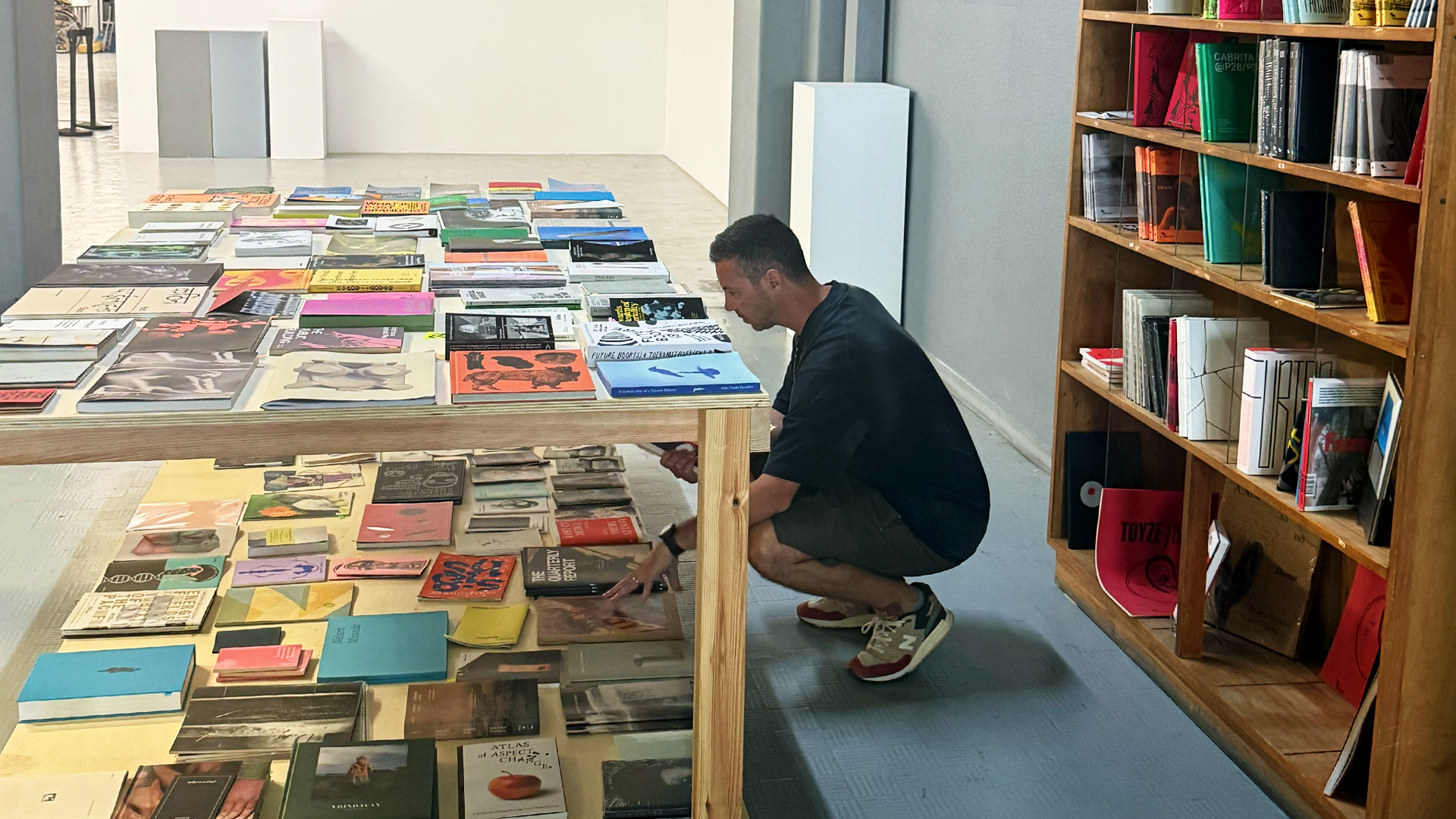Collecting as a Way of Seeing

A Habit That Runs Deep
We both started collecting young. For me, it began with books and magazines, then moved to robots. For Alex, it was zines, then objects connected to his family history. It’s something that comes from both our families, an instinct to hold on to the things that speak to us, to live with them.
Active Seekers
We don’t wait for pieces to find us; we look for them. New artists, rare books, unusual ceramics, glassware, 80s memorabilia like the first Game Boy or Nintendo Tetris. Designer toys are a shared obsession, especially limited editions. I’ve always had a soft spot for Astro Boy; Alex for Optimus Prime. Much of it traces back to childhood influences, the things we saw, read, or played with that stayed in our minds.
Objects with Stories
Some pieces feel like markers in our lives. There’s the Scooter 2000 robot I found at a London market when we lived there, now kept in our home in Portugal. Six Japanese woodblock prints above our bed, discovered in Kyoto on a sabbatical with my mother. I bought one, then returned two days later for six more, gifting one to friends for their wedding.
That same day, we stopped for tea at a tiny café along the Philosopher’s Path. I photographed my parents there, surrounded by mismatched furniture and glassware. Later, I found a painter whose work resonated deeply and commissioned her to capture that moment. The painting now hangs in our home, and it’s one of my most treasured pieces.
For Alex, there’s a small Singaporean publication called RUBBISH, a rare printed work he loves. And an AKAI Crossfield X-360D reel-to-reel tape recorder, passed down from a family friend, an object with its own history.
Finding Places
We’ve learned where we’re most likely to find what we love. Lisbon’s smaller galleries and markets. Kyoto’s hidden antique shops. Tokyo’s Ginza market near the station, so much so that we plan trips around it.
We’ve browsed flea markets in Italy, including an unforgettable one in Arezzo filled with Murano glass and mid-century chairs. I still regret not buying anything that day. We visit independent bookstores, scroll auction sites, and drop into tiny galleries whenever we can.
How It Shapes AFORMA
Even before AFORMA, collecting influenced the way we work. We’re both drawn to geometry and systems, but through different lenses. I notice surface and colour, Alex is pulled toward form and structure. I photograph constantly and now work in video; Alex draws daily.
Every piece we live with, whether it’s a chair, a sculpture, or a print, seeps into our thinking. It might be a palette, a proportion, or a texture. We don’t always connect it directly to AFORMA in the moment, but later, it’s clear the influence is there.
Living With It All
Our home is layered with the things we’ve found. Art on every wall, toys in display cases, zines in our offices, design chairs and sculptures placed where they’ll be seen and used. Nothing is hidden away; everything is integrated into daily life.
For us, collecting isn’t about having. It’s about living with what inspires you, and letting those objects quietly shape what you create next. AFORMA is, in many ways, an extension of that practice: a living collection we get to share.


